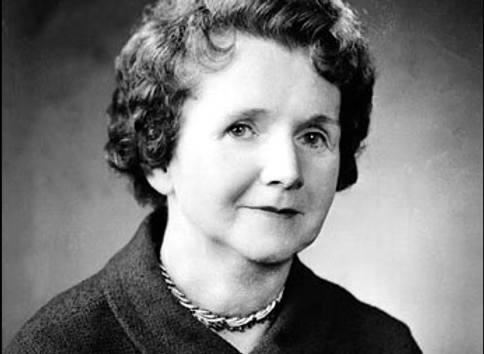Key Statistics, Advocates, and the Path Forward:
Women have long been powerful agents of change in environmental movements. Their unique perspectives, rooted in firsthand experiences with ecological challenges, have contributed to significant advancements in sustainability, conservation, and climate action. Despite systemic barriers, women continue to lead grassroots campaigns, shape policies, and advocate for a greener future. Below is a detailed exploration of their impact, backed by crucial statistics and inspiring examples.
Women and Environmental Change
By the Numbers:
To understand the role of women in environmental advocacy, it’s essential to examine key data points.
Climate Displacement:
Women and girls represent approximately 80% of those displaced by climate change due to their greater vulnerability and caregiving roles.
Source: (United Nations)
Mortality Risk in Disasters:
Women are 14 times more likely to die during natural disasters compared to men, particularly in regions where social and cultural restrictions limit their mobility.
Source: (World Health Organization)
Leadership Gap:
Only 26.8% of environmental ministers globally are women, highlighting a significant gender imbalance in decision-making roles related to climate policy.
Source: (EIGE)
Agriculture & Food Security:
Women produce between 60% to 80% of food in developing countries, making them critical stakeholders in discussions around sustainable agricultural practices.
Source: (FAO)
Forest Conservation:
In regions like Latin America and Asia, community forest management led by women has resulted in more than 25% greater forest biodiversity and carbon storage compared to male-led initiatives.
Source: (CIFOR)
Renewable Energy Initiatives:
Female-led renewable energy cooperatives are 50% more likely to invest profits into community welfare and sustainable practices compared to male-led ones.
Source: (IRENA)
Pioneering Women Advocating for Environmental Change
The following trailblazers have made lasting contributions to the global environmental movement

Rachel Carson
The author of Silent Spring, Carson exposed the dangers of chemical pesticides, sparking the modern environmental movement in the United States.

Greta Thunberg
The Swedish climate activist has inspired a global youth-led climate movement through initiatives like Fridays for Future.

Wangari Maathai
A Nobel Peace Prize laureate from Kenya, Maathai founded the Green Belt Movement, which has planted over 51 million trees and empowered rural women through environmental restoration.

Vandana Shiva
An Indian scholar and environmental activist, Shiva has been a vocal advocate for biodiversity and the rights of small farmers, challenging corporate control of agriculture.

Christiana Figueres
A Costa Rican diplomat who played a pivotal role as Executive Secretary of the UN Framework Convention on Climate Change (UNFCCC) in securing the Paris Agreement on climate change.
Explore a wealth of inspiring stories in our curated gallery, where each one offers fresh perspectives and sparks creativity.
Why Women’s Leadership Matters in Environmental Change:
Studies consistently show that when women are included in environmental decision-making, outcomes are more sustainable and inclusive.
Higher Climate Ambition:
Countries with higher female representation in parliament tend to adopt more ambitious climate policies.
Community Resilience:
Women-led conservation initiatives often yield greater ecological and community benefits.
Moreover, women’s roles in environmental education and activism inspire future generations to prioritise sustainability.
Environmental Change – Stats to remember:
1.
80% – Proportion of people displaced by climate change who are women and girls.
2.
14x – Increased likelihood of women dying during natural disasters.
3.
26.8% – Representation of women as environmental ministers globally.
4.
60% – 80% – Contribution of women to food production in developing countries.
5.
25% – Greater biodiversity and carbon storage in forests managed by women-led groups.
6.
50% – Higher likelihood of female-led renewable cooperatives investing in sustainable community welfare.
Conclusion
Women are not only victims of environmental degradation but also critical agents of change. From grassroots activism to policy leadership, their involvement is essential for creating a sustainable and inclusive future. By addressing gender disparities and amplifying women’s voices in environmental spaces, we can build a world where ecological balance and gender equality go hand in hand.




